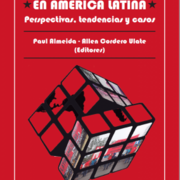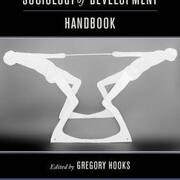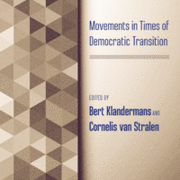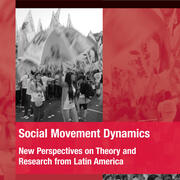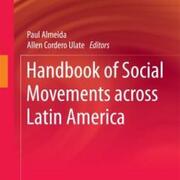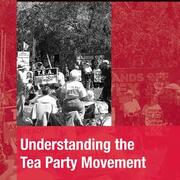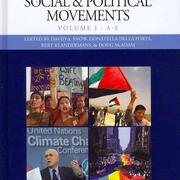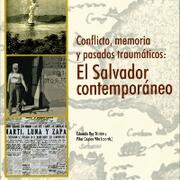Publications by Type: Book Chapter
2017
En este trabajo se estudian los movimientos sociales que luchan por la justicia social, racial, econ\ omica y ambiental en los Estados Unidos. El conocimiento sobre movimientos sociales define al campo como enfocado en los actores colectivos excluidos, que luchan por derechos, recursos y poder (Jenkins, 1985; McAdam, 1999; Piven, 2006; Tarrow, 2011). En este ensayo retomamos este tema originario en la investigaci\ on de la acci\ on colectiva, al resaltar las principales formas de exclusi\ on que conducen a la movilizaci\ on popular a gran escala en Estados Unidos contempor\ aneo. La exclusi\ on es, con frecuencia,el punto de partida para la formaci\ on del movimiento social, aunque una indagaci\ on m\ as espec\ ıfica de las estructuras institucionales que generan divisiones sociales contribuye a nuestra comprensi\ on de la probabilidad de la aparici\ on de resistencia colectiva. En este cap\ ıtulo realizamos una clasificaci\ on m\ as precisa de la exclusi\ on (legal, ambiental,econ\ omica y cultural) y de las respuestas consiguientes de los movimiento sociales.
2016
2015
2014
2013
This chapter analyzes the three largest insurgencies with majority Indigenous participation in Mesoamerica in the twentieth century and the ensuing trajectories of native peoples’ movements in these uprisings’ aftermath. It reviews the 1932 peasant uprising in El Salvador, the Guatemalan insurgency from the 1970s to the 1990s, and the 1994 Chiapas rebellion in southern Mexico and the subsequent movement it generated. The essay examines why Indigenous peoples engaged at times in radical and revolutionary tactics in collective action efforts to defend their rights, while in the contemporary period we observe less violent and confrontational agendas and strategies. Furthermore, the chapter analyzes political opportunities and various forms of threat (including state repression) so as to understand the divergent framing of Indigenous demands and forms of struggle over time and across cases. The state’s actions are a crucial dimension in defining what type of strategies these movements are likely to employ.


